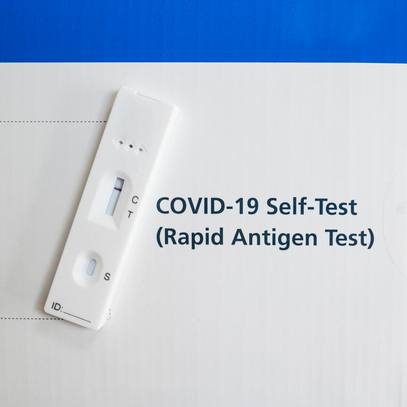
As many communities in the U.S. begin to slowly reopen and resume some regular activities that were restricted or closed due to the COVID-19 pandemic, the Centers for Disease Control and Prevention (CDC) continues to recommend social distancing measures for the indefinite future.
"Multiple studies now demonstrate the high risk of asymptomatic transmission of the virus by people who don’t know they are infected with the virus," says Dr. Gregory Poland, an infectious diseases specialist and COVID-19 expert. "Social distancing denies the virus the opportunity to infect the next person, and this stops transmission from one person to the next."
Social distancing, also called physical distancing, is an effective method of helping slow the spread of SARS-CoV-2, the virus that causes COVID-19. There is no current vaccine for the virus. The best way to prevent illness is to avoid being exposed to the virus.
The CDC offers these recommendations to prevent illness:
- Stay at least 6 feet apart (about 2 arms' length) from other people.
- Wear a cloth face mask while in public spaces, especially when using public transit.
- Sneeze or cough into a tissue or the inside of your elbow.
- Disinfect frequently used items and surfaces as much as possible.
- Avoid touching your face and mouth.
- If you are not feeling well, stay home. Contact your medical provider for advice if you are concerned.
- Wash your hands frequently with warm soap and water.
- Use hand sanitizer when soap and water are not available.
"Good hand hygiene is the most important direct action you can take to prevent introducing the virus into your body through touching your eyes, nose or mouth,” says Dr. Poland. “It is a proven method, and, when done properly, is highly effective."
Related posts:
- COVID-19: How much protection do face masks offer?
- Mayo Clinic encourages patients to practice safe social distancing guidelines
- Spring cleaning takes on a new importance during COVID-19 pandemic
Information in this post was accurate at the time of its posting. Due to the fluid nature of the COVID-19 pandemic, scientific understanding along with guidelines and recommendations may have changed since the original publication date.
Check the Centers for Disease Control and Prevention website for additional updates on COVID-19. For more information and all your COVID-19 coverage, go to the Mayo Clinic News Network and mayoclinic.org.







